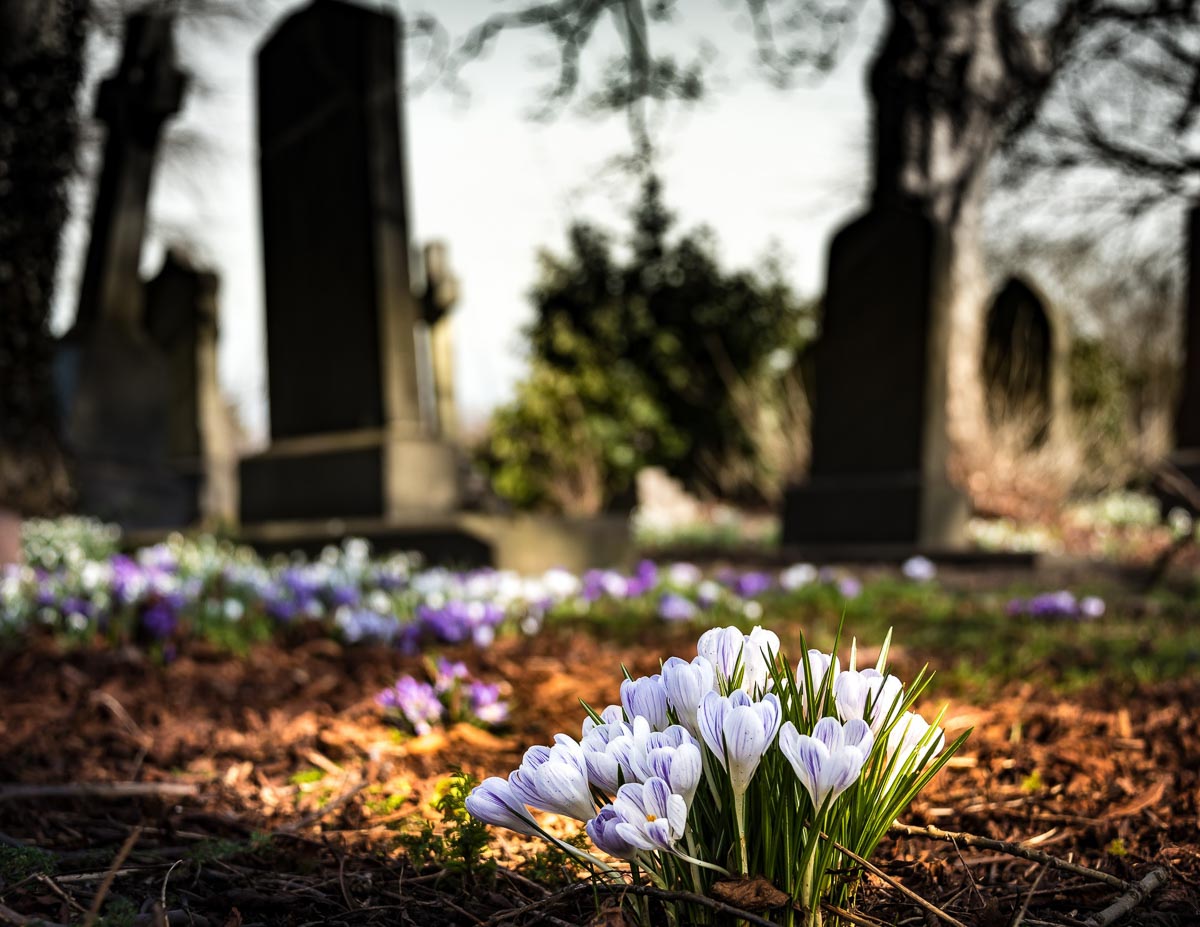Traditionally, cemeteries are places to go to pay your respects to loved ones. But as cemeteries fill and costs of maintenance continue, some cemeteries are beginning to look more like public spaces.
Public spaces are usually thought of as parks, squares, libraries, museums and streets and sidewalks. Not many people expect people to jog through rows of tombstones, as they do in Amazon Prime's award-winning "Fleabag" hit — check out the tweet below. But cemeteries can become public places that invite visitors to learn about the sites' historic and cultural ties.
— Fleabag (@fleabag) October 8, 2016
Urban Institute's Mark Treskon highlighted a few examples of cemeteries that have opened their doors to the public in various ways — primarily to keep generating funds for maintenance. Brooklyn's Green-Wood cemetery honors the 5,000 Civil War veterans interred there by chronicling their biographies online, as well as hosting nighttime tours and gothic-themed events. The cemetery bans Halloween costumes during tours to ensure respect is maintained in the active cemetery.
Washington's Congressional Cemetery allows dog owners and walkers to use the space for an annual fee. Philadelphia's Laurel Hill Cemetery boasts itself as an accredited arboretum, which is strikingly beautiful in the fall as leaves change colors.
New Orleans' St. Louis Cemetery No. 1 holds the tombs of Marie Laveau, the Voodoo Queen of New Orleans, Dutch Morial, New Orleans' first African-American mayor and other historic and cultural figures. To enter the St. Louis cemeteries, admission costs $20 and visitors must be a part of one of the several companies who host tours for the locations. The admission was applied to maintain the cemeteries due to the high volume of tourists.
Even within Houston, Preservation Houston offers tours of Glenwood Cemetery, Houston's first professionally-designed cemetery which had its first burial in 1872. Prominent figures buried in Glenwood Cemetery include George Hermann (which Hermann Park and Hermann Hospital are named after), Howard Hughes, F.A. and Margaret Rice (William Marsh Rice's brother and wife, respectively), several former Texas governors and other prominent figures with Houston ties.
"Over time, cemeteries run out of space and require more resources for upkeep and maintenance," Treskon writes. "By opening their doors to the public in some of the ways described here, cemeteries are justifying their continued existence and relevance in the public realm and seeking additional resources to stay viable."
He also emphasized that to use a cemetery as a public space, it must be done with respect and dignity for those buried there and an understanding of the cemetery's complex history.
"Cemeteries, active ones, in particular, need to balance their roles as spaces of memory for those paying respects to loved ones and as spaces of history for those visiting cemeteries for their cultural or historical significance," he writes. "Public events or tours should not disrupt cemeteries’ role as places of quiet reflection."
Due to the space cemeteries occupy within an urban landscape, Treskon argues cemeteries "can be rich spaces for understanding how we think about public spaces, personal and collective memory, and history."

